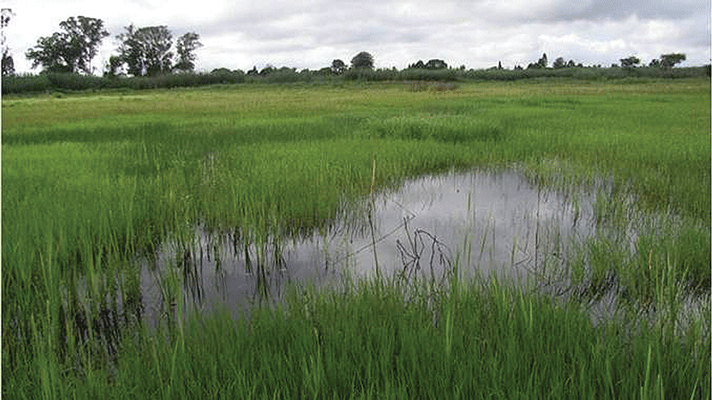
By Correspondent
The Monavale Vlei, saved by a Supreme Court ruling in 2021, faces a new threat as the developer has proposed to erect 105 cluster homes on it endangering Harare’s water supply among other threats.
The news has been meant with consternation by local residents who have begun a petition which has so far gained nearly 3000 signatures.
The piece of land measuring 16,3 hectares borders Fennella Drive and Monavale Road in Monavale.
The Monavale Wetland is Zim s biggest wetland & only wetland protected by the Ramsar Convention.We are pleased to report that today Supreme Court upheld decision nullifying an environmental impact assessment & development permit that had been obtained by a Harare developer pic.twitter.com/osBkMi4XsF
— Tendai Biti Law (@BitiLawChambers) December 16, 2021The land has largely remained undeveloped over the past years although records showed that Harare businessman Mr Sharadkhumah Patel owned a property on the piece of land.
In 2019 Patel applied and got both an Environmental Impact Assessment (EIA) from EMA and a development permit from Harare City Council to develop 121 cluster homes on the wetland.
The move was fought by local residents leading to a 2021 Supreme Court ruling which blocked the development.
The Supreme Court ruling followed an appeal by Patel and his company Meadows (Pvt) Limited against an Administrative Court decision on March 8 2019 upholding two consolidated appeals by the Cosmo Trust, Babra Vitoria, Margaret Soper, Linda Bromely challenging the issuance of an Environmental Impact Assessment (EIA) certificate by EMA and a development permit by Harare Council.
Justice Paddington Garwe agreed that the wetland could be irretrievably damaged and hence in such a situation, reliance should be placed on precautionary measures to safeguard against contamination of underground water.
Developer Returns
However, the victory appears to have been short-lived as the developer has returned again with another proposition of 105 cluster homes.
Cluster homes have lately proved to be a hit in the property industry for the middle income and affluent in society.
Their enclosed and high-end standards have provided a positive alternative at a time many developers are dumping residents on undeveloped pieces of land.
However, with the limited space for new developments wetlands have become endangered.
The predicament of wetlands has been raised before by the Auditor General who accused local authorities and developers of damaging wetlands.
The AG, Mildred Chiri said procedures were not being followed and this was endangering many wetlands.
AG Attacks Councils And Developers
“My audit noted that wetlands were being polluted by untreated effluent from local authorities, individuals, mining operations and institutions in the 5 provinces I sampled.
“Untreated effluent discharge by local authorities and companies into open areas was attributed to non-functioning of effluent treatment systems while pollution by individuals was attributed to illegal activities.
Zimbabwe is a signatory to The Ramsar Convention (United Nations Treaty number 145830) which is an inter-governmental treaty to promote national action and international co-operation for the conservation and wise use of wetlands and their resources.
Zimbabwe entered into the convention on May 3, 2013.
A total of 7 sites in Zimbabwe have been designated as ‘Ramsar protected wetlands’ covering 28 582.40 hectares.
EMA Failing Its Mandate
EMA is mandated to protect and monitor all the wetlands. According to an EMA Wetlands Status Report (2019), there are 1136 government designated wetlands within the country’s borders which cover about 3% of the total surface area.
However, EMA itself has not covered itself in glory as it has constantly failed to protect the environment leading to residents having to institute legal proceedings against authorities and corporate organisations.
In 2020 Kambuzuma, residents took the legal route to stop the construction of a fuel station on a wetland located at stand number 2907, Section 2, Kambuzuma Township.
The residents were livid that EMA approved an Environmental Impact Assessment (EIA) certificate on a wetland which is supposed to be preserved in its natural state.
